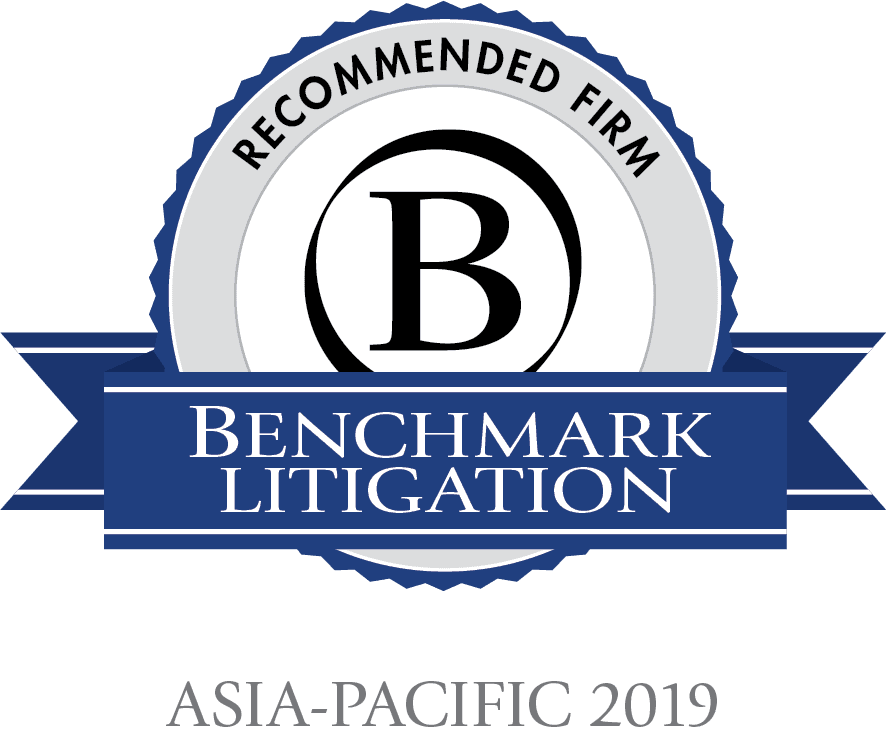On the 11 January 2019, the Cancellation Division of the EU Intellectual Property Office decided to revoke the trademark “Big Mac” owned by McDonald’s for lack of “genuine use”. It is followed on from the application revocation by the Irish company Supermac, not surprisingly a direct competitor of Ronald McDonald and its fast food restaurant. McDonald’s has long been the owner of the famous word “Big Mac” for various products and services in classes, 28, 30 and 42 of the Nice Classification including sandwiches and restaurant services.
McDonald’s submitted little evidence including advertising and packaging (brochures, affidavit of McDonald’s representatives, print out of McDonald’s website and Wikipedia entry) but overlooked to provide third-party evidence and it seems their brochure did not provide enough information. Oh dear. As the authorities pointed out, it would have been nice and even necessary to provide in Wikipedia and affidavits “other pieces of concrete evidence”. The EUIPO suggested that there was insufficient evidence put forward – now whether this was just bad preparation or the reality is that it was not used sufficiently remains to be seen.
Two points to be noted. First of all, no matter how notorious your trademark is, when it comes to proof you have to prove its genuine use. In this case, McDonald’s certainly undervalued the importance of the evidence. Such evidence could not establish the place, time and extent of the trademarks for foods and services registered and the evidence lacked independence in the event of a dispute. Therefore, don’t forget to obtain independent evidence, whose value cannot be challenged on the suspicion of any personal interest. Secondly, let this be a lesson to brand owners who sometimes, if not always, overreach in terms of classes of goods and services for which they register their mark. Here, for example, McDonald’s couldn’t prove the use of Big Mac trademark for the services that were registered, such as restaurant services. Get it right. See a lawyer. See OLN!
 Suite 503, 5/F, St. George's Building, 2 Ice House Street, Central, Hong Kong
Suite 503, 5/F, St. George's Building, 2 Ice House Street, Central, Hong Kong +852 2868 0696
+852 2868 0696








